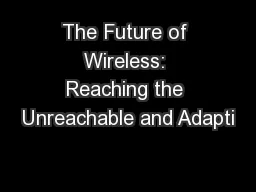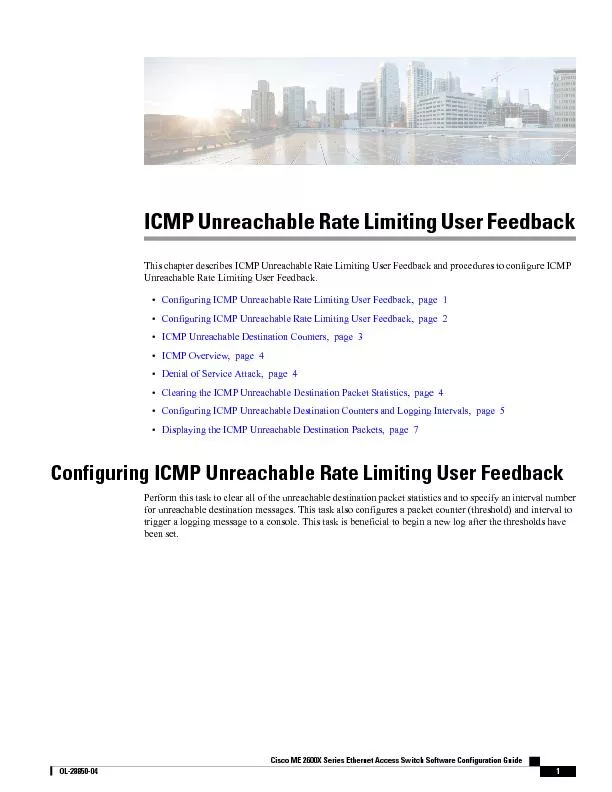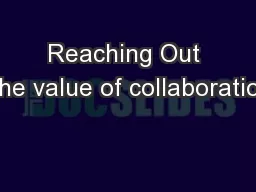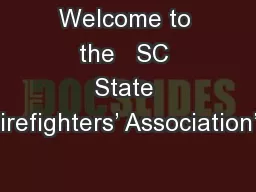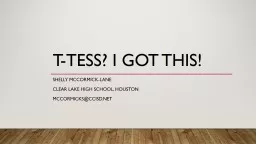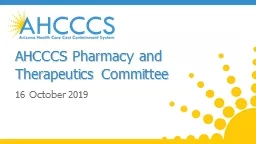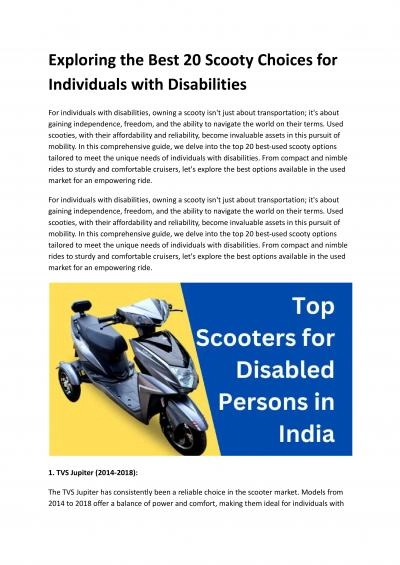PPT-The Future of Wireless: Reaching the Unreachable and Adapti
Author : giovanna-bartolotta | Published Date : 2017-07-01
Henning Schulzrinne with Arezu Moghadam Suman Srinivasan Jae Woo Lee and others Columbia University WINLAB 20th December 2009 Challenges for years 2039 Changing
Presentation Embed Code
Download Presentation
Download Presentation The PPT/PDF document "The Future of Wireless: Reaching the Unr..." is the property of its rightful owner. Permission is granted to download and print the materials on this website for personal, non-commercial use only, and to display it on your personal computer provided you do not modify the materials and that you retain all copyright notices contained in the materials. By downloading content from our website, you accept the terms of this agreement.
The Future of Wireless: Reaching the Unreachable and Adapti: Transcript
Download Rules Of Document
"The Future of Wireless: Reaching the Unreachable and Adapti"The content belongs to its owner. You may download and print it for personal use, without modification, and keep all copyright notices. By downloading, you agree to these terms.
Related Documents

